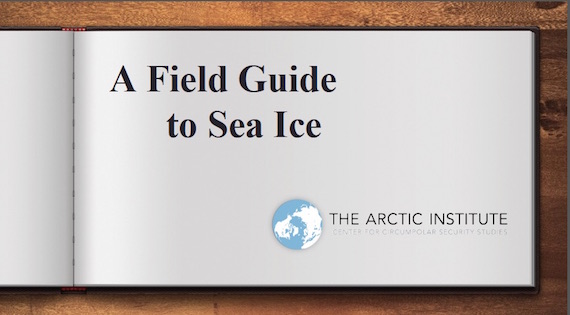A new guide explains scientific sea ice terms
The Arctic Institute's new Field Guide to Arctic Sea Ice helps laypeople understand the terms scientists use to talk about ice.

Sea ice coverage, among other things, is a term often used by scientists as a way to describe ice conditions in the Arctic.
But did you know that 15 percent ice cover is usually considered as the threshold for Arctic ice coverage?
If you want a better understanding of the various terms used in describing sea ice, now there’s some help from a new “Field Guide to Arctic Sea Ice.”
“Despite its importance, Arctic sea ice terms are often misused or misunderstood in stories about sea ice extent, sea ice area, and the impacts [that] a changing climate has on the two through the seasons of sea ice,” a release on the field guide says.
That’s why The Arctic Institute created the Field Guide to Arctic Sea Ice, a virtual booklet, to help people identify different types of sea ice and the terms scientists use to describe it.
This guide is intended as educational material for frequently used sea ice terms.
For example, you can learn more about ice floes, with the reminder not to call them “flows”:
“Ice Floe:
A separate patch of floating ice or a flat sheet of unbroken pack ice that is greater than 20 meters (22 yards) across.
Floes are divided into small (20 -100m), medium(100 – 500m), big (500m -2km), vast (1 – 10.8km), and giant (>10.8 km).”
The guide, which can be downloaded here, also explains frequently used terms like sea ice extent and area.